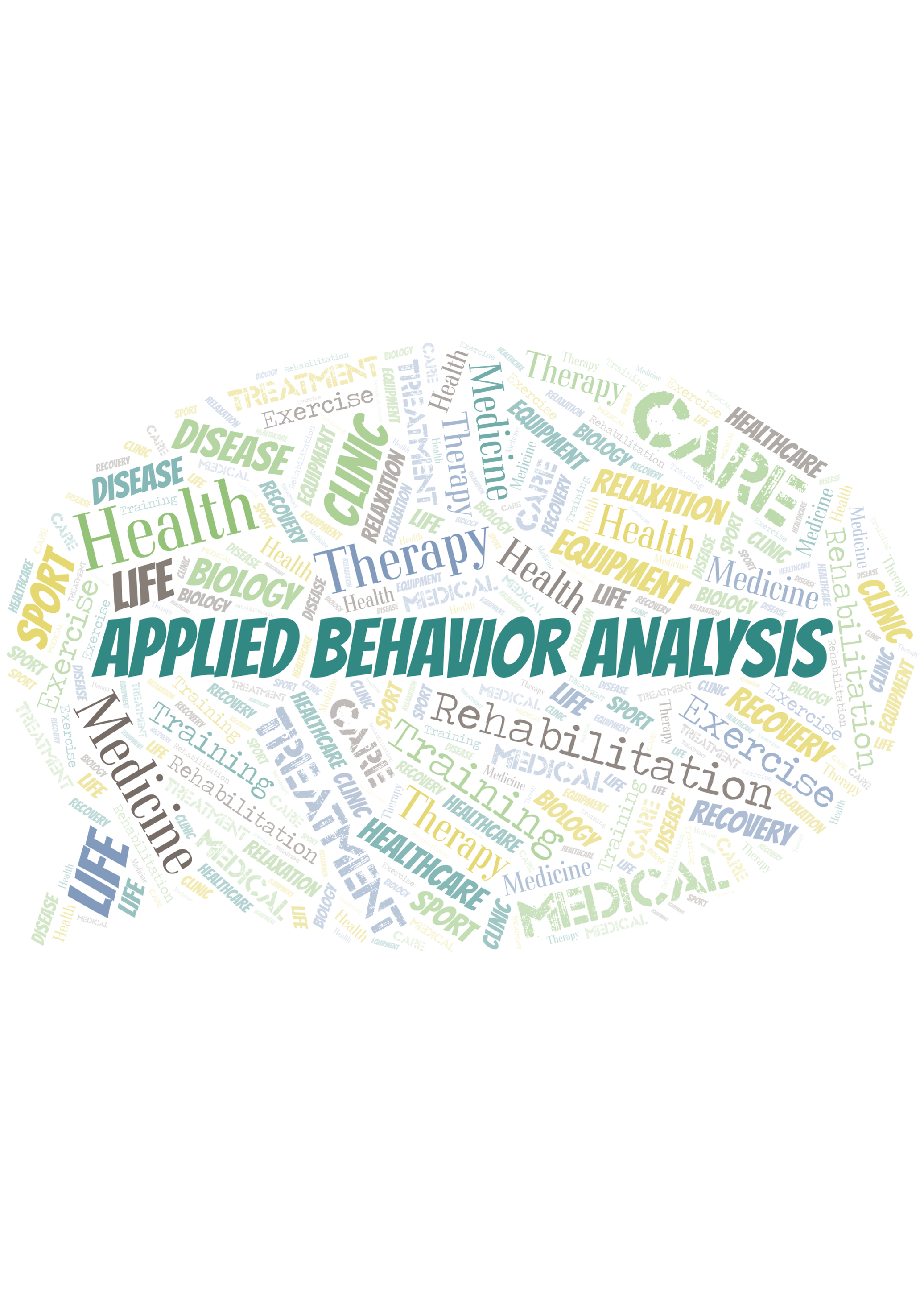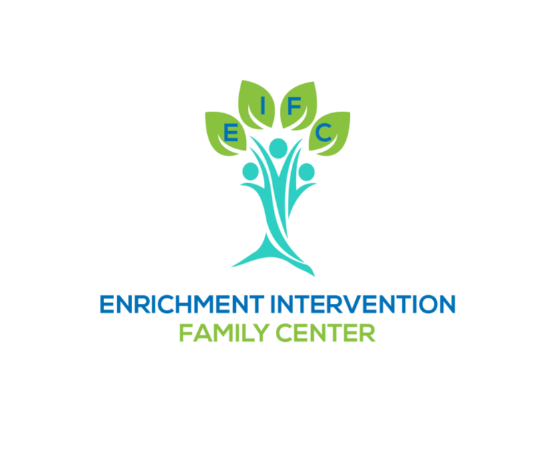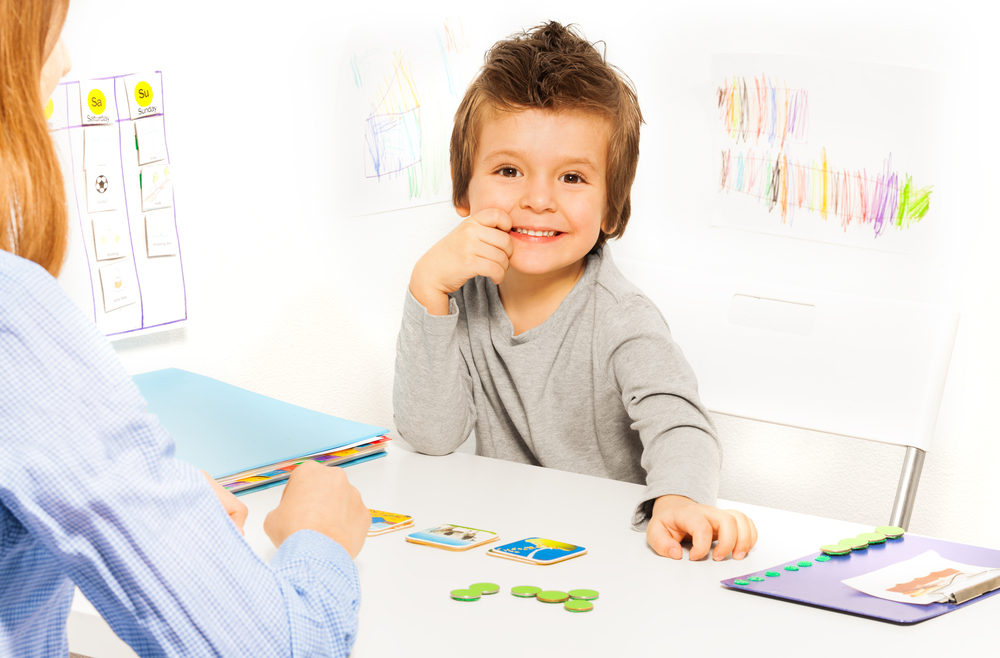
ABA Therapy (Applied Behavior Analysis)
What is ABA Therapy?
Applied Behavior Analysis (ABA) therapy is a type of treatment that aims to improve: social skills, interaction, reading, academics, as well as flexible learning abilities such as fine electric motor mastery, hygiene habits, brushing, domestic capacities, preparation, and work skills. The main way in which it accomplishes this is through the use of positive & negative reinforcement, but it ultimately involves many different therapeutic techniques for comprehending & altering behavior.
ABA therapy is often used as a therapeutic intervention for those with autism. ABA can help these individuals: improve their social interactions, learn new skills, and maintain positive behaviors in their life while discouraging negative ones. This form of therapy also helps the individual learn how to transfer these skills from one situation to another. With autism, a typical ABA therapy plan is implemented before the age of 4 and involves 20 or more hours a week of behavior focused therapy. ABA therapy can also help older adults improve: memory, physical strength, and relationships skills.
How Does ABA Therapy Work?
ABA therapy takes a research & study approach to treatment based on theories of how learning and behavior work. ABA Therapy helps us understand:
- The mechanics behind behaviors and how they work.
- How environmental factors can affect behavior.
- How learning & the acquisition of knowledge occur.
Therapists that utilize ABA therapy understand how to discover and change habits over time.
The therapist reviews a client’s behavior and develops therapy strategies to help the individual:
- Improve language, communication, and social skills.
- Boost attention, focus, and cognitive abilities.
- Discourage negative behaviors.
Therapists as well as various other wellness specialists work within setups such as schools, homes, as well as community centers to examine and also modify therapy as it proceeds. Additionally, ABA specialists also provide training for educators and parents.
“ABCs” of ABA Therapy: Antecedents, Behaviors, Consequences
Antecedents refer to what takes place just prior to the behavior. These present themselves in the form of a spoken action, a physical interaction with an object such as a toy, light, or sound, or the antecedent may be something that comes from the environment or another person in the setting. An antecedent can also be internal such as feeling or thought.
The resulting Behavior is the individual’s reaction or absence of response to the antecedent. This reaction is typically a verbal response, an action, or anything in between.
Consequences refer to what occurs immediately after the behavior. It can consist of positive reinforcement of the preferred habits, or no response for incorrect/inappropriate feedbacks.
Understanding of the ABC’s in ABA therapy helps us understand the reasons why a particular behavior may be occurring and how alternate consequences may affect whether the behavior happens again or is changed.
What Types of Treatment Does ABA Therapy Involve?
The most basic approach to ABA therapy starts with “discrete tests.” A common test consists of a therapist asking a youngster for a particular behavior, for example, “James, please pick up the spoon.” If the child complies, they are provided with a reward in the form of a food treat, a high five, or any other positive incentive that means something to the child. If they do not abide, they do not receive the reward, and the test is often repeated to see if the same results occur.
The specific material of discrete test treatment is based on an analysis of the child’s needs and their capacities. So, a child that is already efficient in sorting shapes would not be asked to arrange objects based on shape for rewards. However, would certainly focus on different, more difficult social and/or behavior jobs.
Those under the age of three receive a tweaked form of ABA therapy which much closer resembles play time rather than therapy or testing. As they come to get a grasp on these actions, the therapist begins to take the individual into real-world setups where they can generalize the behaviors they have discovered and include them into ordinary social experiences. ABA can likewise be used, in one of its lots of types, with older youngsters, teenagers, and even adults.
In addition to distinct trials ABA therapy, many other forms of treatment are becoming more prominent. Rather than giving 1:1 therapy in a class or office setting, many therapists are opting to conduct the bulk of their therapy in all-natural setups such as play areas, cafeterias, and neighborhood areas local to the individual. This approach seemingly makes it much easier for the individual to more quickly make use of the abilities they learn in therapy in a real-world situation.
How Effective is ABA Therapy?
ABA Therapy is “evidence-based,” meaning that it has passed a series of scientific tests that ensure its usefulness, quality as a form of treatment, and effectiveness for the individual. Many studies have shown positive outcomes for the majority of individuals with autism who are part of an ABA program that involves at least 25-40 hours of therapy per week over a 1-3 year timespan.
Work with an Experienced ABA Therapy Team at EIFC
At EIFC, we offer a huge variety of ABA focused therapy and other intervention services to help those in need. Our team has years of experience providing affordable training for parents and guardians with our ABA therapy, social skills, and extracurricular activities programs.
Contact us today at info@eifcenter.com or (877) 360-3432 to see what we can do for you and your family.


